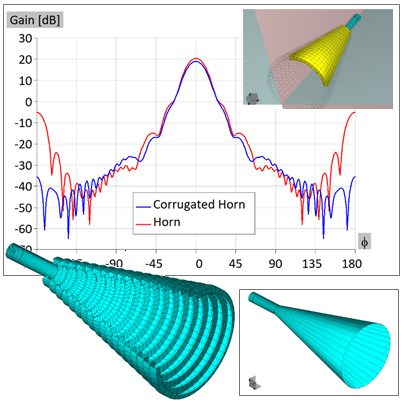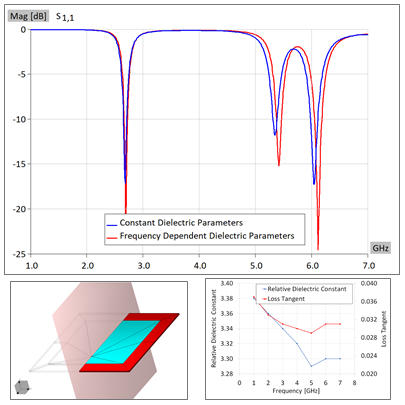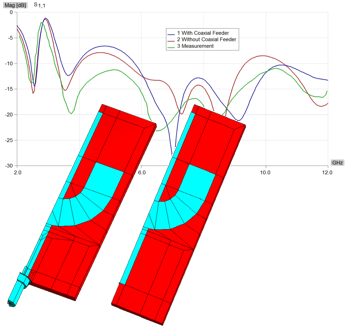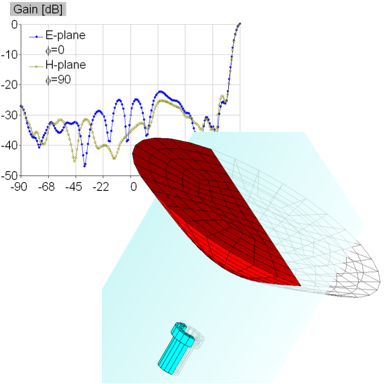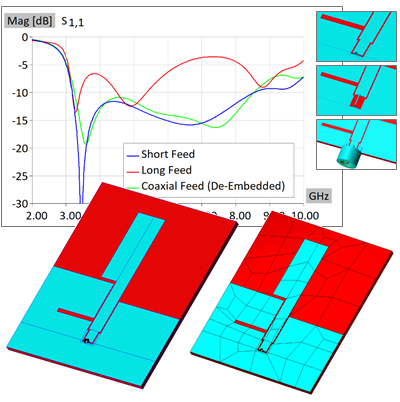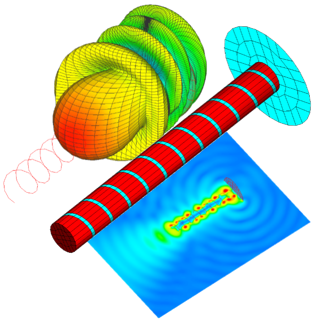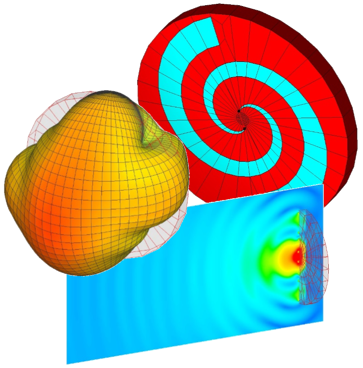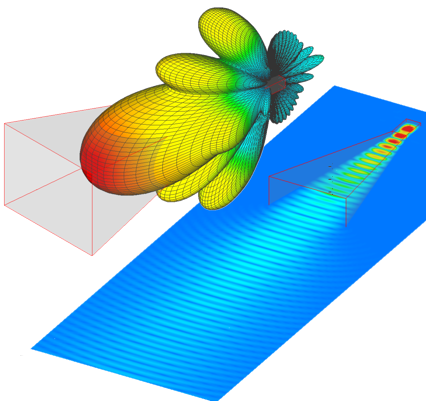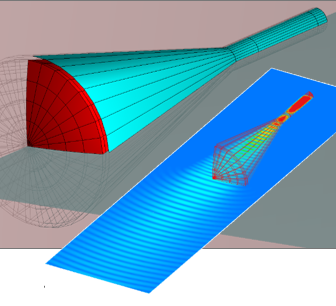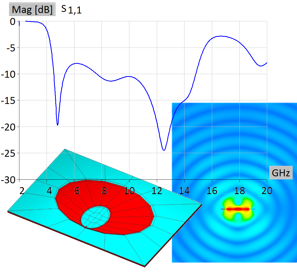Corrugated Horn in WIPL-D Pro Software
In this application note we compared simulated radiation pattern results for circular horn antenna and corresponding corrugated horn antenna. Also, we shortly outlined basic modelling of corrugated horn antenna with radial corrugations using WIPL-D Pro built-in object Body of Connected Generatrices.
All the simulations with the modelling were carried out using WIPL-D Software, a full wave 3D electromagnetic Method-of-Moments based software which applies Surface Integral Equations.
It was highlighted that corrugated horn antenna can be created efficiently combining WIPL-D Pro built-in object Body of Connected Generatrices and WIPL-D symbolic mechanism. The results clearly show that with corrugated horn antenna the level of back lobes is significantly lower. All of the simulations were carried out with high numerical efficiency resulting in short simulation times even when a standard workstation is used for simulation.


